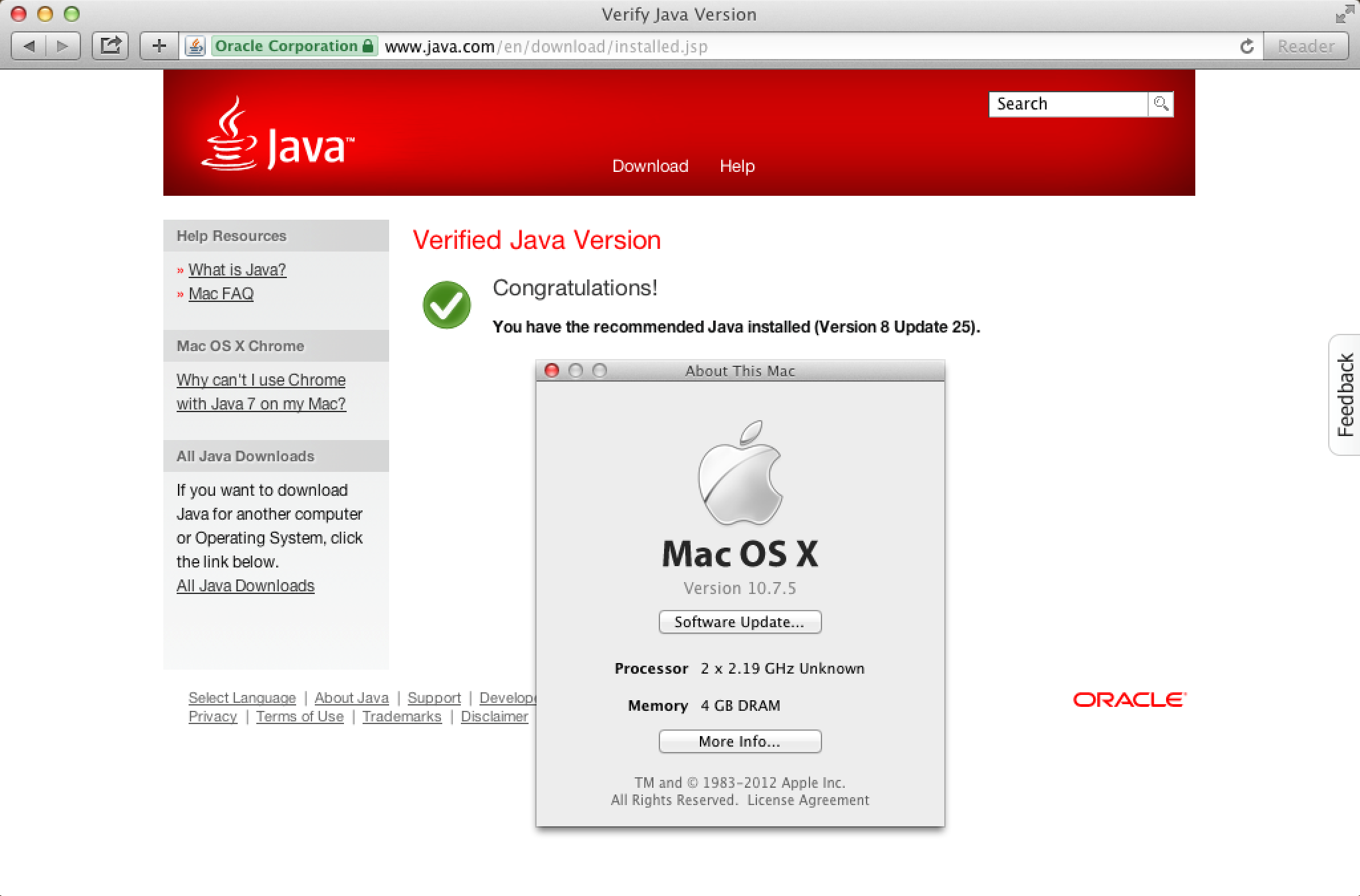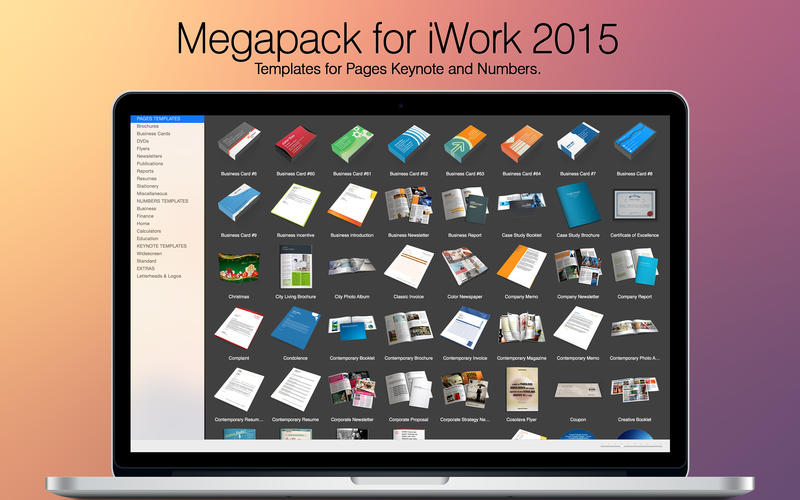- Mac OS X 10.7 Lion is one of Apple's most modern operating systems. Is your OS version obsolete and in need of an update?Download Lion Update free for your Mac and enjoy all the new features and upgrades included. Features of macOS Lion. New 'Gatekeeper' security tool: thoroughly manages installed applications and avoids malware.
- Download the latest version of OS X 10.7.5 Supplemental Update for Mac - For all Lion users. Read 6 user reviews of OS X 10.7.5 Supplemental Update on MacUpdate.
- Apple has released Mac OS X 10.7.3 to the public, the third minor update to OS X Lion. The update includes bug fixes including a Wi-Fi stability update, and also fixes a handful of other issues that have effected OS X 10.7. The update also includes support for several new languages, and updates Safari to 5.1.3.
This article explains how you can fix the software update problem. More specifically, the focus of this article is on what you can do to when your Mac won’t update to the latest version of macOS.
Important Note: OS X 10.7 Lion has been replaced by OS X 10.8 Mountain Lion. The 10.7.4 update is recommended for all OS X Lion users and includes general operating system fixes that improve the stability, compatibility, and security of your Mac.
Some Mac users, unfortunately, have been and continue to be affected by various macOS software update issues where they may experience a stalled macOS update. By stalled, we mean that macOS updates won’t download and install successfully.
Sometimes, you may see an error message saying “The macOS installation couldn’t be completed” or “macOS could not be installed on your computer”.
Mac Won’t Update?
Please try the tips belove if you are unable to update your computer:
It is important that you back up your Mac before you do anything.
There could be a variety of reasons for this. Before you do anything:
- Make sure there is enough space to download and install an update. If not, you may see error messages. To see if your computer has enough room to store the update, go to the Apple menu > About This Mac and click the Storage tap. You can easily free up storage space on your Mac.
- If you see a “Update Not Found” error, see this article.
- Make sure that you have an Internet connection to update your Mac. You can troubleshoot your connection.
- Be patient. An update may take some time. Just waiting may fix your problem. Sometimes more than a few hours. Do not put your Mac to sleep or closing its lid. Also ensure than your Macbook, if it is a Macbook, it is plugged it into AC power.
- If the update does not complete, your computer may seem stuck or frozen, for an extended time, try to restart your computer by pressing and holding the power button on your Mac for up to 10 seconds.
- If you have any external hard drives or peripherals connected to your Mac, try removing them. And try to update now.
- Reset PRAM on your Mac and then try again. To reset PRAM, turn off your Mac and then turn it on and immediately press and hold the Option, Command, P, and R keys together for about 20 seconds.
- It is possible that your Mac may unable to reach the update server. There could be two reasons for this:
- You may have a slow internet connection. You may want to restart your router and modem to fix this problem. If you are using a Wi-Fi connection, try a wired connection, if possible.
- Or there could be issues with Apple servers. It is possible that Apple servers are overloaded as a lot of people may be trying to update. You can check if Apple servers are experiencing issues.
If you are still having issues, then you may try the followings:
Safe mode
Try updating your Mac in safe mode. Here is how:
- Startup your Mac in safe mode. To do that, turn off your Mac and then turn on your Mac and immediately press and hold the Shift key until you see the login screen. Then release the Shift key. And login.
- Now your computer is in safe mode. Try to update now.
- Then exit safe mode when you are done (in either case). To exit safe mode, restart your Mac normally, without pressing the Shift key.
Combo update
Mac Os X 10.8 Download Free
You can use a combo update to install Mac updates. Please note that before you continue, you may want to back up your Mac. You can back up with Time Machine or you can use iCloud.
Please note that combo updates let you update your Mac from a prior version of macOS within the same major release. A combo update is a combined update that means that it contains all of the changes since the original release of that major version. This further means that, using a combo update, you can update from macOS 10.15 directly to Mac OS X 10.15.2, skipping the 10.15.1. But you cannot go from, let’s say, 10.14.x to 10.15.x. For example, using a combo update, you cannot upgrade from macOS Mojave to macOS Catalina.
Please note that combo updates are huge. Here is how you can use them:
- Visit Apple’s combo updates site: https://support.apple.com/downloads/macos
- Find the right combo update. And download it. As stated above, they can be huge. The combo will download as a .dmg file.
- Now quit all apps on your Mac.
- Double-click the downloaded file, if it does not start automatically.
- Follow the onscreen instructions.
Using macOS Recovery to update your Mac
If you still could not update, you may try this. To do this, you need to restart your Mac from macOS Recovery. Using the method below, you will be able to upgrade to the latest macOS that is compatible with your Mac. Here is how:
- Turn off your Mac.
- Turn on your Mac and immediately press and hold the Option-⌘-R keys together until you see the Apple logo or the spinning globe icon.
- Login.
- Click Reinstall macOS and follow the onscreen instructions.

See also: How to fix Catalina update problems
OS X 10.7 Lion was released on July 20, 2011 and made some huge changes to the Mac. Some of these changes were to make it easier for iPhone, iPad, and iPod touch users to adapt to the Mac, some to make the two platforms work better together, and some to keep making the Mac better and better.
Lion was only available by purchase and download from the Mac App Store, where it retailed for US$29.99. You must have OS X 10.6 Snow Leopard installed to purchase, download, or install Lion, and the 4 GB download could take some time with slower DSL connections (we don’t even want to think about how long it would take with dial-up). As a convenience, Apple allowed users to bring their Macs to a nearby Apple Store and use Apple’s WiFi to make the download.
Like OS X 10.6 Snow Leopard, Lion requires an Intel-based Mac, but it goes two steps beyond that. First of all, Lion is a 64-bit operating system, so it won’t work on those 2006 Macs built around 32-bit Core Solo and Core Duo processors. It requires Core 2 Duo or newer, which leaves the following Macs behind unless you update the firmware and install a Core 2 Duo CPU:

Additionally, Lion is the first version of OS X with no support for PowerPC software. Apple introduced Rosetta, which lets Intel CPUs run PowerPC apps, with OS X 10.4 Tiger for the first Intel Macs in 2006, and it had been part of OS X until now.

The last version of Lion, OS X 10.7.5, was released on October 4, 2012. It was the first version of Mac OS X to be part of the annual upgrade program – ever since Lion, Apple has released a new macOS version every year.
Lion was replaced by OS X 10.8 Mountain Lion on July 25, 2012, just a year after Lion first became available. Lion is no longer available for purchase through normal App Store channels, although you may be able to acquire access to it through Apple Support.
Lion is the oldest version of OS X impacted by the “goto fail” bug. See Apple and the ‘goto fail’ Bug for information on securing Lion.
Installation Tip
You can’t just install Lion on any old Mac that support it. The installer’s certificate has expired, so you need to set your Mac to think it’s operating in the past. Using trial and error, I found that setting a date in 2012 will let the installer function. To change your Mac’s date:
- Open System Preferences.
- Open Date & Time.
- If your Mac is set to Set date and time automatically, which is usually the case, disable it.
- Click on the year and use the down arrow to the right of it to change the year to 2012.
- Install Lion and make several rounds of updates.
After you complete the process, be sure to set your Mac to the current date and time. Enabling the Set date and time automatically setting is the easiest way to do it.
Lion Links
Mac Version 10.7 Download Iso

- The Implications of Losing Rosetta in OS X 10.7 Lion, Charles W Moore, Miscellaneous Ramblings, 2011.05.09. Rosetta lets PowerPC apps run on Intel Macs, but losing Rosetta means that some installers and updaters will no longer run.
- Mac OS X 10.7 Lion Brings Back Useful Features from Apple’s 1983 Lisa, Dan Knight, Mac Musings, 2011.06.07. As I read about Resume, Auto Save, and Versions, one thought kept coming to my mind: Lisa lives!
- Already Addicted to OS X Lion, Austin Leeds, Apple Everywhere, 2011.07.21. After just a few hours use, iPad user Austin Leeds says there’s a lot to love with OS X 10.7 Lion on his MacBook Pro.
- Snow Leopard and OS X 10.7 Lion Backlash, Dan Knight, Mac Musings, 2012.03.05. While OS X and Lion are gaining market share, OS X 10.6 Snow Leopard is also making a bit of a comeback.
Downloadable Updates

Standalone updates let you update to a newer version of Mac OS X from your hard drive instead of using Software Update, which requires an Internet connection. This can be especially helpful if you have more than one Mac that need to have the update installed, since you only have to download it once. Download the one(s) you need and install them after mounting the disk image and launching the Installer program.
There are two types of Standalone Updates: Individual (or Delta) and Combo.
- Individual Updates update one version of Mac OS X to the next version. For example, the Mac OS X 10.7.4 Update updates Mac OS X 10.7.3 to version 10.7.4. Individual Updates are also known as Delta Updates.
- Combo Updates update the base version of a Mac OS X release to the version specified in the Combo Update, including all intermediate updates. For example, the Mac OS X 10.7.4 Combo Update updates any earlier version of Mac OS X 10.7 to Mac OS X 10.7.4 using a single installer, as opposed to installing the individual Mac OS X 10.7.1, 10.7.2, 10.7.3, and 10.7.4 updates.
Standalone Updates are generally available 24 to 48 hours after the Update is available through Software Update.
If you burn a Standalone Update to CD, its disk image must be copied to your desktop or another location on your Mac OS X startup disk in order to be installed.
OS X 10.7.1
OS X 10.7.2
OS X 10.7.3
OS X 10.7.4
OS X 10.7.5
Mac Os Version 10.7 5 Download
Keywords: #osxlion #macosxlion
Short link: http://goo.gl/JF4zFP
searchword: osxlion
